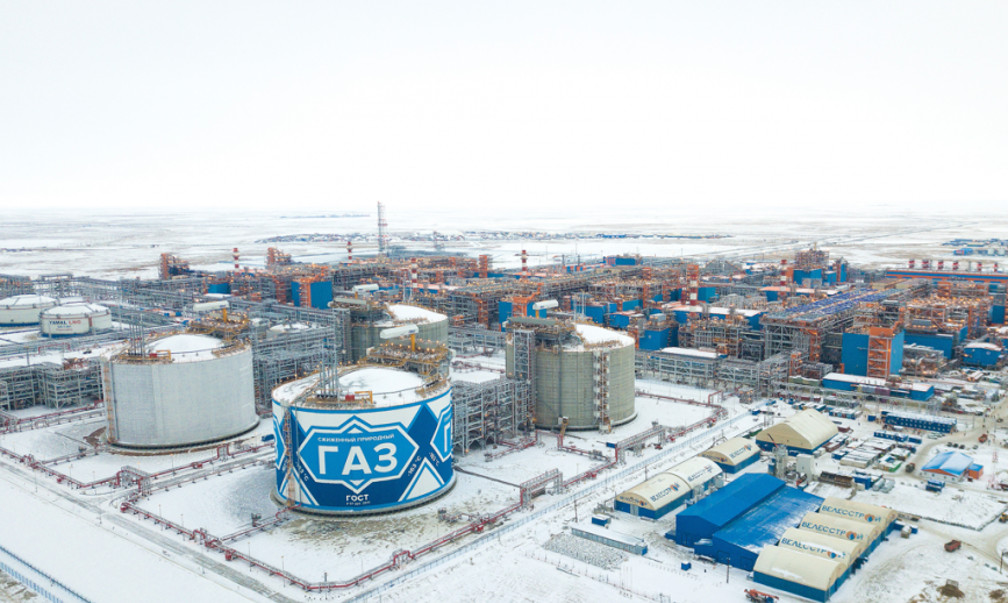In 2026, Russia plans to begin preparations to lift two sunken Soviet nuclear submarines from the bottom of the Arctic, RBC reports.
Although this project has been discussed since 2012, actual operations are set to begin in 2027. So why has Moscow decided to revive it now?
$126 million for "nuclear legacy"
Russia’s 2026 draft federal budget includes substantial funding for the recovery of the submarines under the program "Development of the Atomic Energy and Industry Complex".
Spending allocated for removing radiation hazards from Arctic waters:
- 2026 — $126 million
- 2027 —$129 million
- 2028 — $127 million
For years, the project stalled due to a lack of equipment, trained personnel, and high nuclear safety risks.
Which submarines will be raised?
Russia plans to lift two of the seven sunken Soviet nuclear submarines:
- K-27 — experimental sub with a liquid-metal cooled reactor (lead-bismuth). Commissioned in 1963, suffered a reactor accident in 1968. Over 140 crew members were irradiated, and nine died. Scuttled in the Kara Sea in 1981, at a depth of 75 meters.
- K-159 — also entered service in 1963, decommissioned in 1989. Sank in 2003 while being towed for dismantlement near Kildin Island in the Barents Sea. Nine sailors died. Currently lies at a depth of 250 meters.
Russia has been discussing the recovery of these submarines for many years, but the operation was repeatedly postponed due to a lack of qualified personnel, the absence of specialized equipment, and significant safety risks. In addition, as of 2021, Rosatom estimated the cost of raising the nuclear wrecks at $293 million.
Help us tell the stories that need to be heard. YOUR SUPPORT = OUR VOICE
